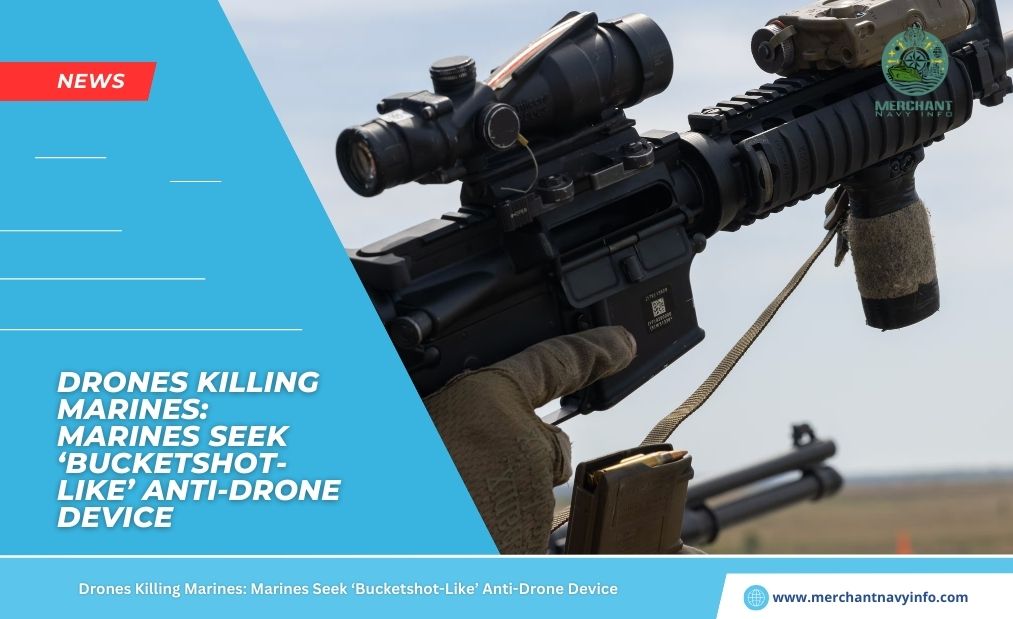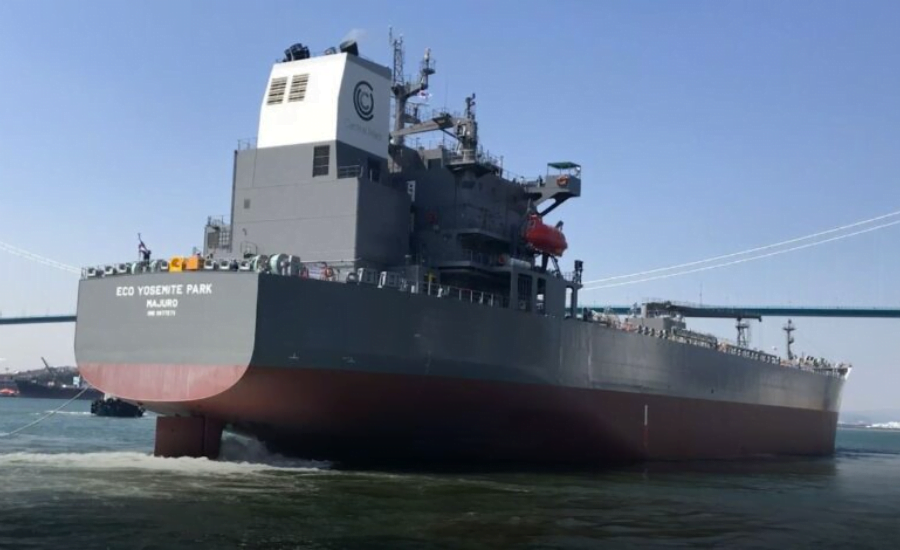
Explore the dynamic landscape of maritime piracy tactics and their impact on oil tankers. Delve into the evolving strategies and challenges. Countermeasures in this comprehensive analysis of the modern-day pirate threat on the high seas.
Marine piracy has always been a serious threat to marine security measures. It shows the significance of piracy risk situation and prevention to the marine industry and global economy. Between 1994 and 2017, pirates attacked vessels and the probability of such attacks and their success rates were calculated using data. The binary logistic regression model used in this study revealed that small and open registry vessels are more susceptible to pirate attacks.
Further, the probability of successful looting by pirates is greater for a vessel at berth or anchor, in the night night. In territorial waters and port cities, and South America, the South China Sea, also the Strait of Malacca. Moreover, the successful boarding rate will decrease from 99.42% to 86.71% if crews take some measures and decrease further to 9.39% if crews take active measures. These results can not only be utilized by stakeholders to estimate the chance of piracy incidents. Still, they can also provide information on how and the scale to which the identified factors influence piracy. Assisting marine stakeholders take appropriate anti-piracy measures. The model can use the results to train and educate crews to deal with pirates and assist insurance companies in setting premium rates for the different risk levels.
Introduction
Marine piracy is an organized, violent, and acquisitive crime that came about with the emergence of the world’s seaborne trade. It is a complex phenomenon consisting of different criminal behaviors, modus operandi, and targets. The United Nations Convention of the Law of the Sea (UNCLOS) says piracy is “any illegal acts of violence, detention or depredation, done for private ends by the crew or travelers of a private ship or a private aircraft and sending them:
(i) on the high seas, against another ship (or airplane), or persons or property on board that ship or aircraft;
(ii) against a ship, airplanes, persons or property in a place outside the laws of any state”. The International Maritime Organization (IMO) used the definition that restricts acts of looting to the “high seas” and “not in the jurisdiction of any state.”
To overcome the limitation of the close definition of piracy and to facilitate the collection of data. The IMO introduced a separate definition for ‘armed robbery against ships’ in July 2012, classified separately any noted-down incidents of piracy and armed looting at sea (international cooperation v territorial waters) vis-à-vis acts of armed robbery allegedly committed in port areas, as well as vain acts of armed robbery. This definition includes acts against vessels in port or at anchor. Regardless of whether they are inside or outside territorial waters when attacked.
We adopt IMO’s definition that emphasizes the economic motivation of the perpetrators to differentiate maritime piracy from maritime terrorism and other crimes at sea because the motivation of maritime piracy differs significantly from other sea-based crimes. That is using the 1982 UNCLOS definition of piracy and the IMO definition the armed robbery. The data provided by IMO will be used for this paper.
Modern piracy tactics
Modern-day pirates generally seek to profit from the confiscation of cargo and/or the holding of crew members for ransom. The consequences of piracy include the loss of cargo and vessels, ransom payments, and the death, injury, or kidnapping of seafarers, which can cause enormous losses to marine stakeholders. Taking marine oil transportation as an example, piracy has long been an inevitable risk factor. Oil tankers have become pirates’ basic hijacking targets in recent years.
According to the reports of IMB, the number of piracy attacks on crude oil tankers had increased from 9 in 2006 to 19 in 2017. With a peak in 2011 at 61. In 2017, the number of piracy attacks on product oil tankers and crude oil-carrying ships was 29 and 23, ranking second and third among all vessels. The Gulf of Oman and the mouth of the Persian Gulf have been identified as hot spots for Somali pirates. As they run along the ship’s path of oil tankers from the Strait of Hormuz. 12% of the world’s oil supply passes through the Gulf of Aden, and much through Nigerian waters and the Straits of Malacca: these are the world’s major piracy hubs. The rampant piracy increases the possibility of being attacked by the tanker boats sailing through the Strait of Malacca.
Prediction and prevention of piracy attacks
As the backbone of global trade and the global economy, the prediction and prevention of piracy attacks are significant for marine transport. For this reason, this study performs a risk assessment by finding the factors behind pirate attacks. It also helps in assessing the chance of piracy attacks to find measures that can reduce and prevent risk. Three main questions are answered in this study. First, how do pirates select the vessels they plan to attack? Second, how do vessels’ characteristics, environmental information, geographic factors, pirates’ capacity, and crews’ actions determine the success rate of piracy attacks? Third, how can the probability of piracy accidents for individual vessels be predicted?
By answering these questions, this study offers two advances over previous research. First, it helps shipping stakeholders (e.g., seafarers, shipping companies, insurance underwriters, and port authorities) estimate the likelihood of piracy incidents. The second contribution of this study is to provide information on how and the scale to which the identified factors influence piracy attacks, helping marine stakeholders take preventive measures to combat piracy. In particular, the results can help insurance companies set a premium rate for marine piracy insurance.
The remainder of this article is SWR as follows. We are going to review previous studies of piracy risk analysis. The section presents the variables and methodology used in this study. Furthermore, shows the results of the binary logistic regression models used to assess piracy chances. Also discusses and concludes.
Section snippets – Literature review
The literature on piracy trouble can be mainly classified into macro-level and micro-level analyses. Macro-level analysis examines the nature and extent of piracy risk from a variety of perspectives such as the cause of piracy, the impact of piracy, and changes in piracy patterns, which can advance our overall understanding of marine piracy.
Hallwood and Thomas stated that Somali pirates are driven by financial gain, and some pirates themselves admitted to being motivated by money.
Probability model specifications
As suggested by previous studies, a binary logistic regression model is suitable for checking the relationship between a discrete target-dependent variable and several independent variables. In the model I, for each vessel in our database, the dependent variable takes two values: if the vessel has been attacked by pirates and 0 otherwise. Indicates a vector of the free variables, explaining the binary outcome, and is the probability of an.
Model I—Piracy choice model
The first model aims to check the factors behind piracy attacks and investigate pirates’ probable behavior when selecting target vessels. By using the maximum chances and estimation method in STATA 14.0 software, the Equation can be estimated. As previously stated, the coefficients provide information on whether changes in the given independent variables increase or decrease. The probability of being selected by pirates, while the marginal probability provides
Discussion and conclusion
This study estimates the probability of pirates attacking a vessel and the success rate of such attacks in order to analyze and prevent piracy risks. Stakeholders can use the results to determine the likelihood of piracy attacks.They can also help them take appropriate anti-piracy measures. In particular, the results can help insurance companies set a premium rate for marine piracy insurance.










